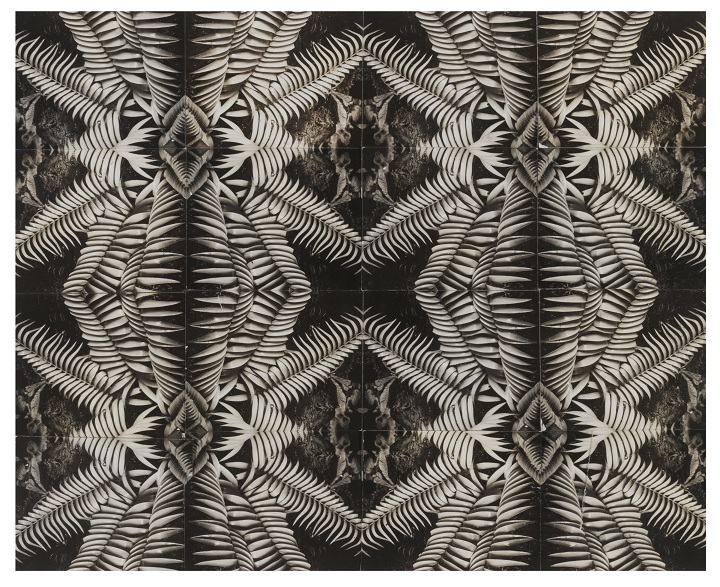WATCH: A sneak peek into the McCord Museum’s Horst exhibition

MONTREAL — The McCord Museum has launched its fabulous retrospective of the work of Horst P. Horst, one of the 20th century’s master photographers.
Horst: Photographer of Style explores the processes behind some of Horst’s most famous images and his fascinating and rarely exhibited experimental work, travel photography, accomplished abstracts and Surrealist still-lifes.
Here are five things you may not have known about the German-American fashion photographer, Horst P. Horst.
1. His name was originally Bohrmann
Born Horst Paul Albert Bohrmann in Weißenfels, Germany on August 14, 1906, Horst was the second son of shop owner, Max Bohrmann and his wife, Klara Schoenbrodt. He became an American citizen in 1943, changing his surname from Bohrmann to Horst in order to avoid confusion with the Nazi leader Martin Bormann.
2. He originally wanted to be an architect
Horst arrived in Paris in 1930, intending to study architecture with Le Corbusier. It was a chance meeting with Vogue photographer George Hoyningen-Huene that convinced Horst to architecture for photography. However, his love of design and architecture is revealed in many of his pictures, with his attention to space and line, his use of lighting to create three-dimensional planes, his focus on the structure of his model’s body and his inclusion of furniture and columns.
“Fashion is an expression of the times. Elegance is something else again.”

Get breaking National news
3. He was known for his chiaroscuro
He was celebrated for his use of chiaroscuro — the use of strong contrasts between light and dark — often taking two days to perfect a lighting set-up so complex he could never recreate it. The lighting in his work did evolve. In the 50s, when Horst worked in the former New York penthouse apartment of artist Pavel Tchelitchew, his photos reflected the enormous amount of light in his studio.
4. His images inspired Madonna
One of his most famous images is known as the Mainbocher Corset. “It was the last photograph I took in Paris before the war,” Horst apparently later recalled. “While I was taking it, I was thinking of all that I was leaving behind.”
The iconic image is referenced by Madonna in her video for the song “Vogue.”
Almost as a reminder that photographic manipulation was used before the advent of Photoshop, the photo is featured in the exhibition twice: the original, slightly unbound version and is next to the retouched version Vogue published, where the corset is more tightly wrapped.
“I don’t think photography has anything remotely to do with the brain. It has to do with eye appeal.”
5. He knew exactly what he wanted
“He was an old man by the time I worked with him,” former Vogue model Renée Toft Simonsen recalled. “I was aware that he used to be a really big photographer, in the calibre of Avedon and Penn, but it seemed old-fashioned in that he physically helped you to do the pose – he walked up and took my hand and put it on my hip. He knew exactly what he wanted.”














Comments